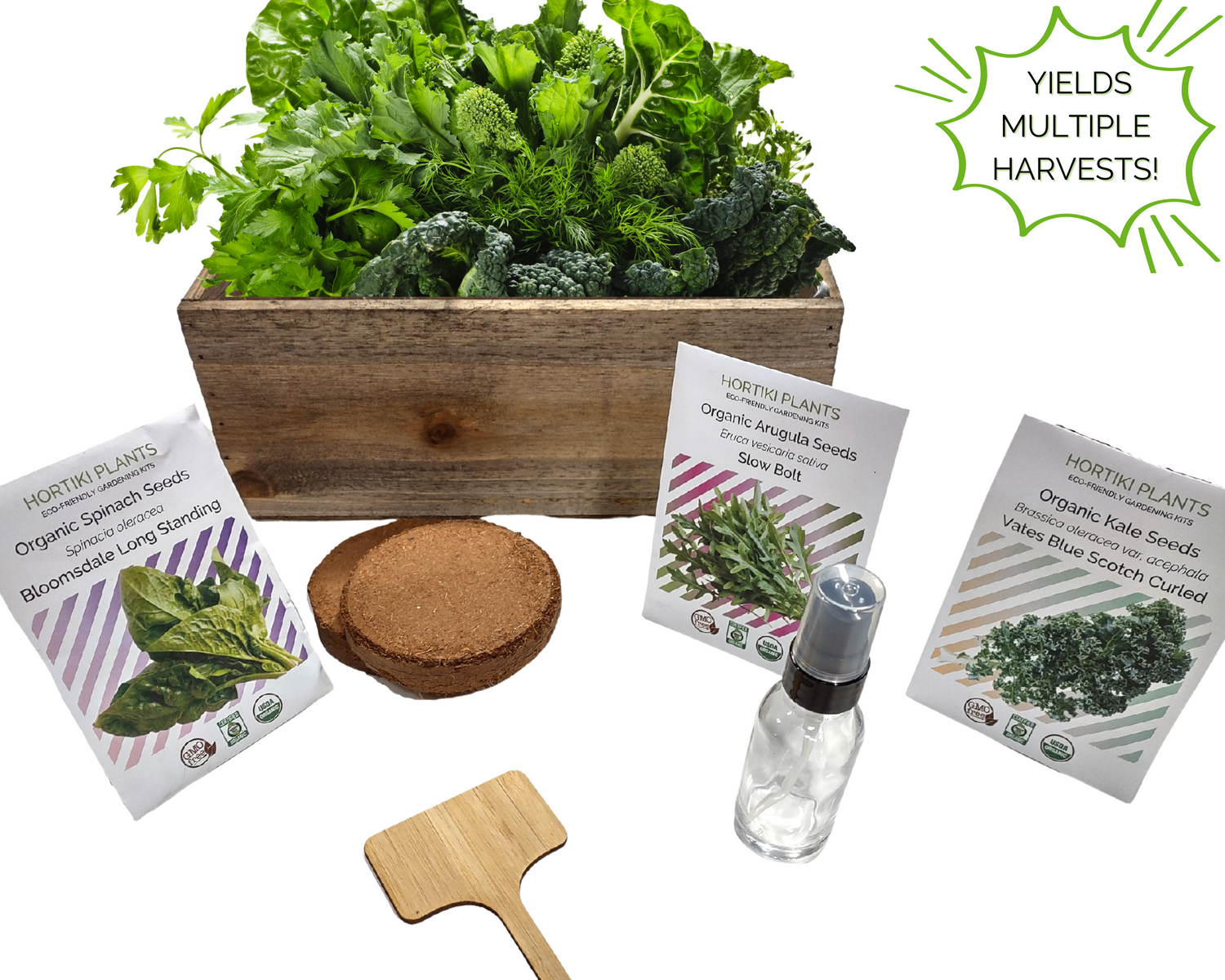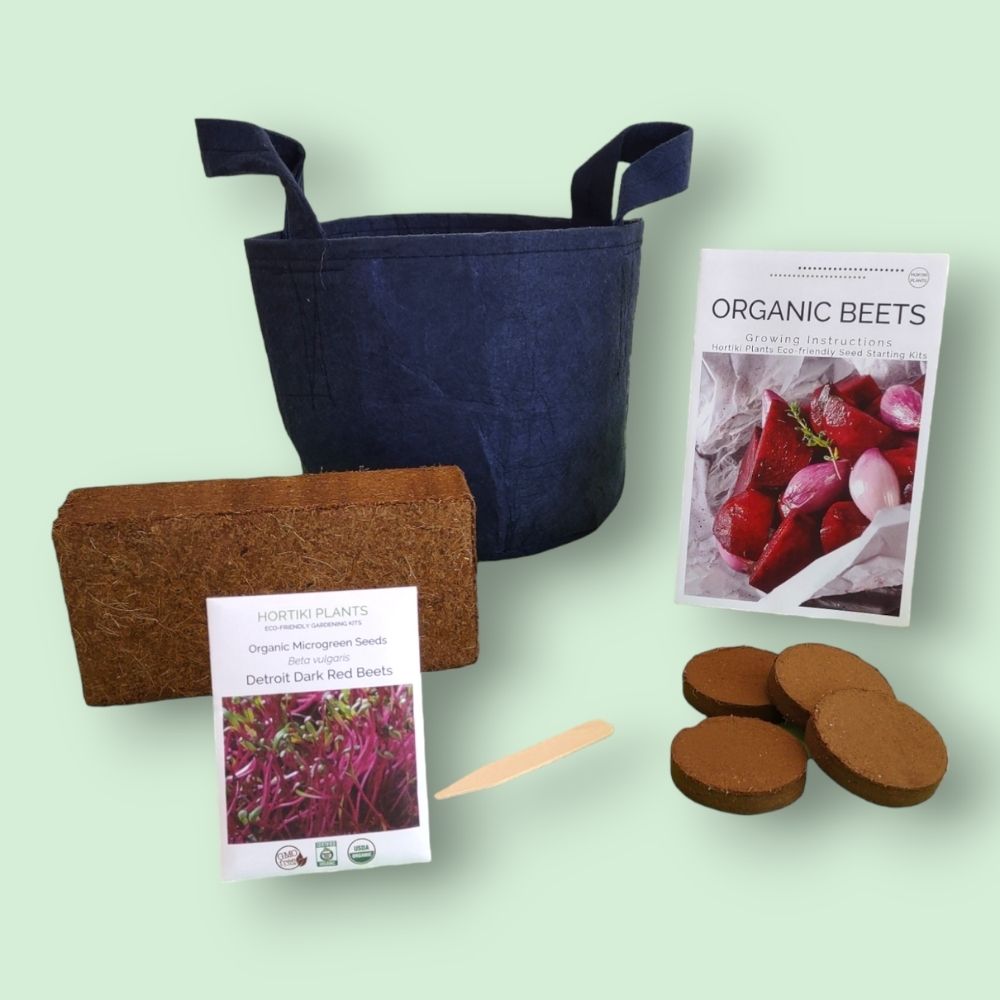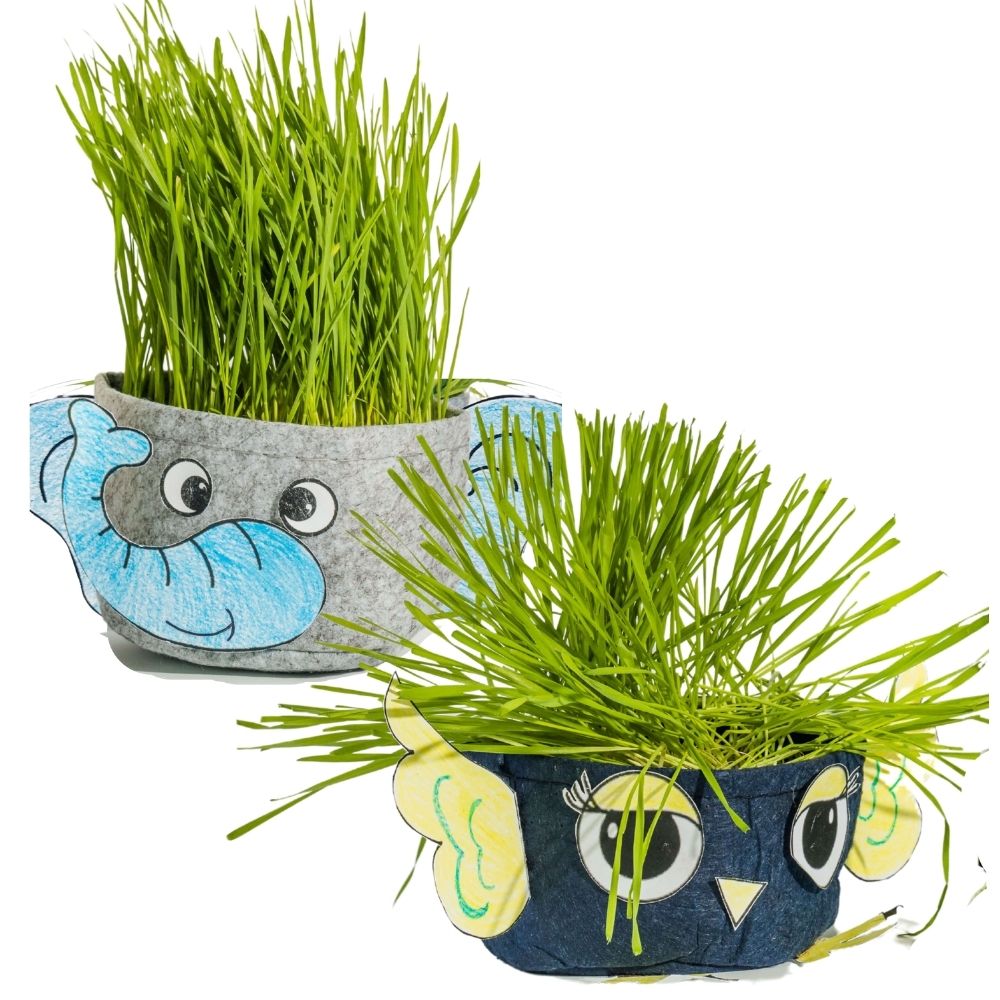If you love gardening, the transition from fall to winter can seem sad and bleak. You may already be dreaming of bountiful spring and summer harvests and be eager to get past the cold winter months. But there are still plenty of gardening activities to do during this time of the year. The five strategies listed below will ensure you get the most out of this time of transition and are prepared to maintain a bountiful garden harvest now and in the warm months to come.

#1 Reflect on what worked and what didn’t from this past season’s gardening effort.
While it’s still fresh in your mind, jot down any takeaways from your summer gardening experience. Take note of:
- What you planted and why?
- Where did you get your seeds and plants?
- What was the quality of your seed and plant materials?
- Was there anything you wanted to grow but didn’t? Is so why not? (i.e. couldn’t find the seeds, plants, didn’t have space, etc).
- When did you start your garden? Was that the right timing?
- How did your garden grow?
- What grew well? What struggled?
- Did you have any pest or disease problems?
- How much did you harvest? Was it enough, too much, too little?
- After harvesting what did you do with your harvest? (ate fresh, canned, threw away extra)? Is there anything you would change about this for the future?
- What did you do in your garden after harvesting? Plant for next season? Nothing?
- Did you save seeds from your garden? Why or why not?
- What do you aspire for next year’s garden?
#2 Save seeds from any plants left from summer/early fall
If you still have fruit on the vine from your summer/early fall garden, you may be able to save seed for next year. Great vegetables to try are beans, lettuces, peas, and tomatoes. These are annual plants that self-pollinate. (Self pollinating plants have "perfect" flowers meaning both the pollen and stigma are present in the same flower). These plants don’t need to be isolated from others and they can produce a lot of seeds from only a few plants.
#3 Make a plan for enhancing indoor plant life.
As the days shorten and we start spending more time indoors, it’s a great opportunity to consider how to enhance our indoor gardens. For tips on preparing to bring your gardening indoors, go through our Visual Quiz - Are you ready for edible houseplants?

#4 Start your winter garden
It’s not too late to start a fall/winter garden. Consider planting hearty leafy greens and root vegetables like beets and carrots. Visit the Hortiki Plants Shop and our new line up of ecofriendly winter leafy greens. Our ecofriendly gardening kits include options like kale, spinach, arugula, tatsoi and a winter salad mix.

Want more options? Check out our November/December Planting Guide and visit our Free Resource Library to download the Quick Reference Worksheet for end of year varieties to plant now.
#5 Prep a fall food waste garden
As you prepare to cook hearty fall meals and meals for large gatherings, make a plan to minimize food waste and grow plants from food scraps. Review our list of 29 Ways to Minimize Food Waste This Holiday Season. Be sure to grab our handy free Food Storage Quick Reference tipsheet. Keep it on your fridge to maximize freshness and longevity when storing food all winter long.

Planning to try any of these strategies? Have other ides to share? Let us know in the comments! Hortiki and I would love to know how you are planning to engage with plants as we approach the end of the year.
Plant Love,
Victoria LeBeaux, PhD
Founder, Hortiki Plants


